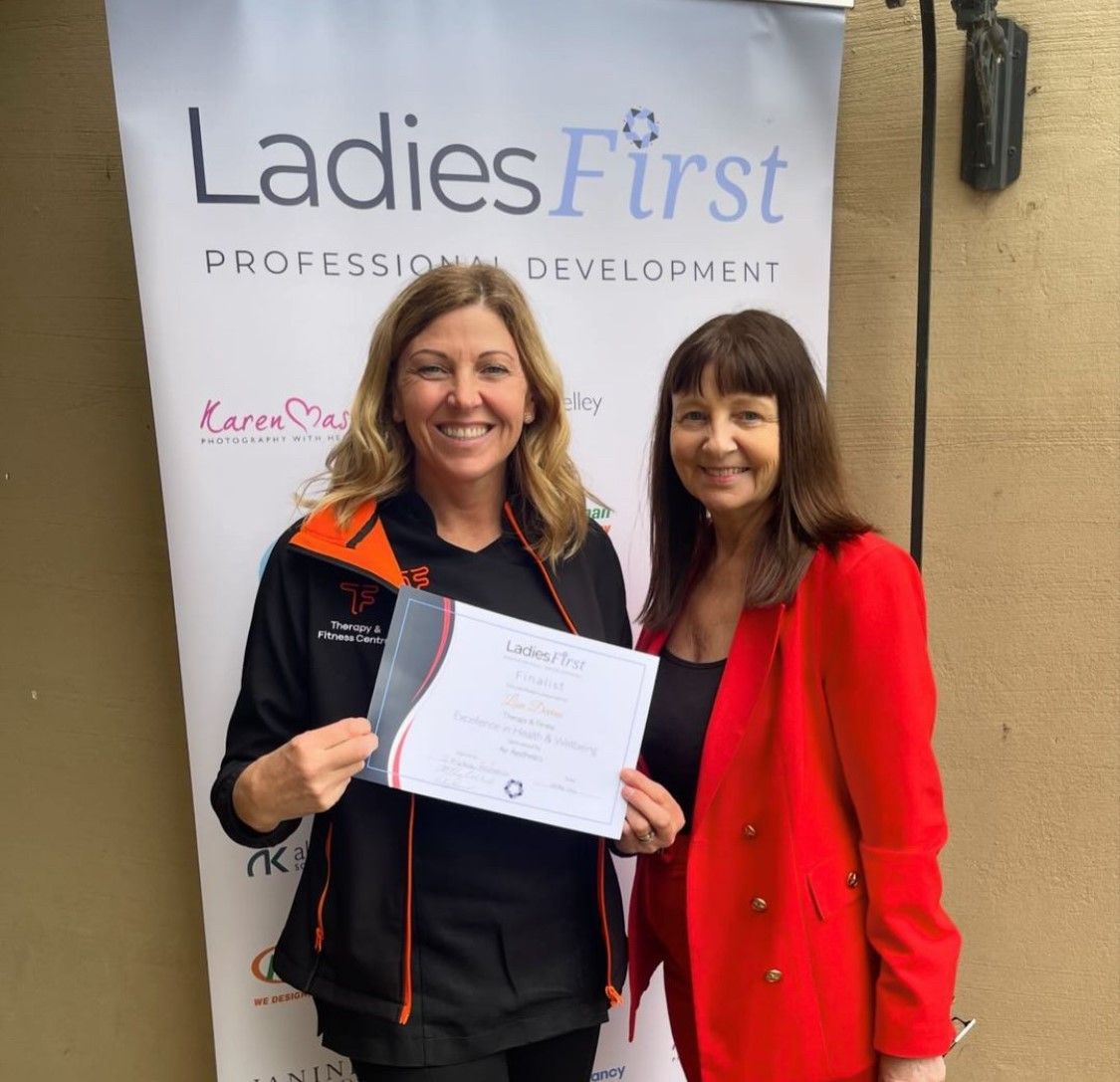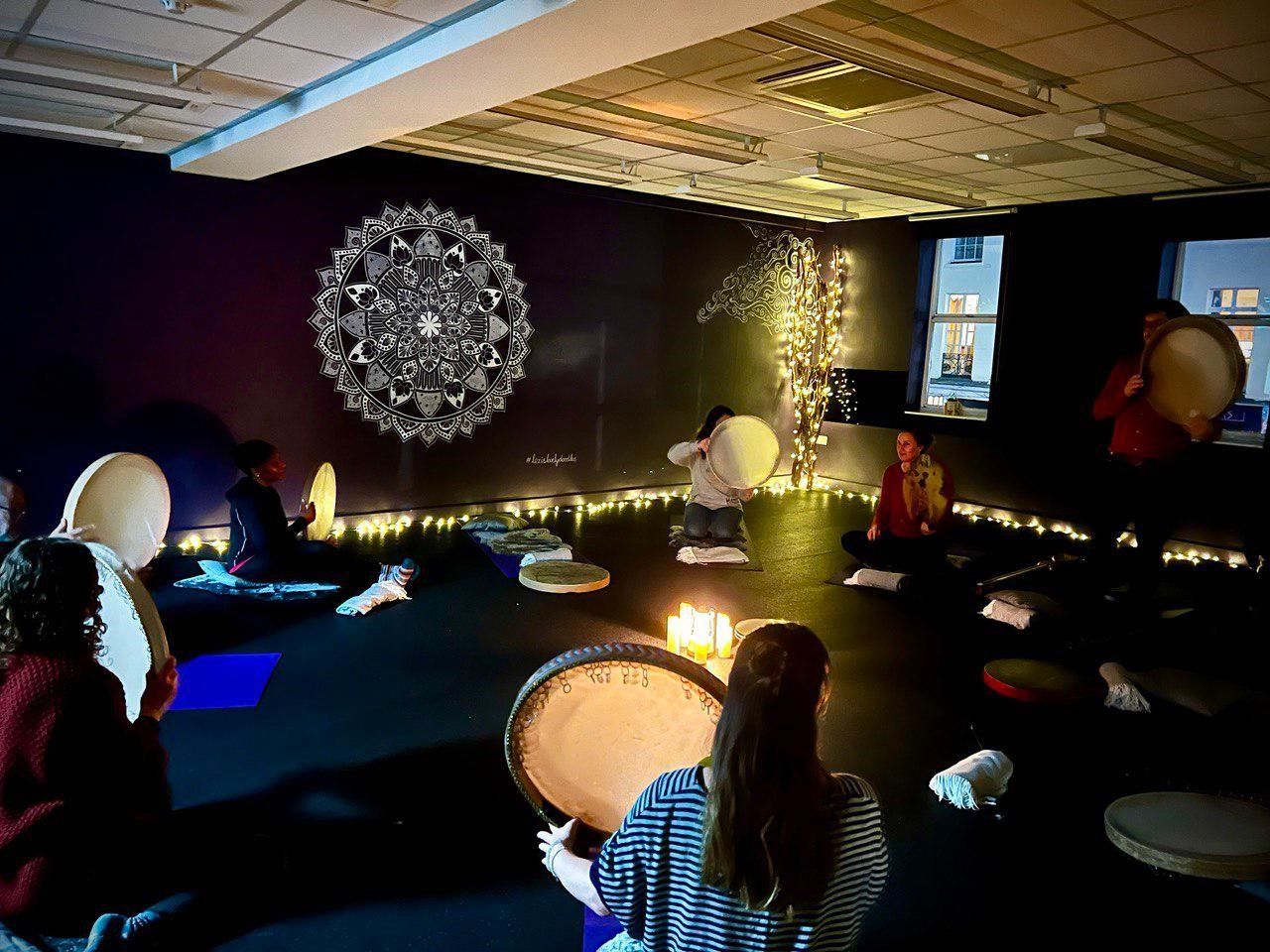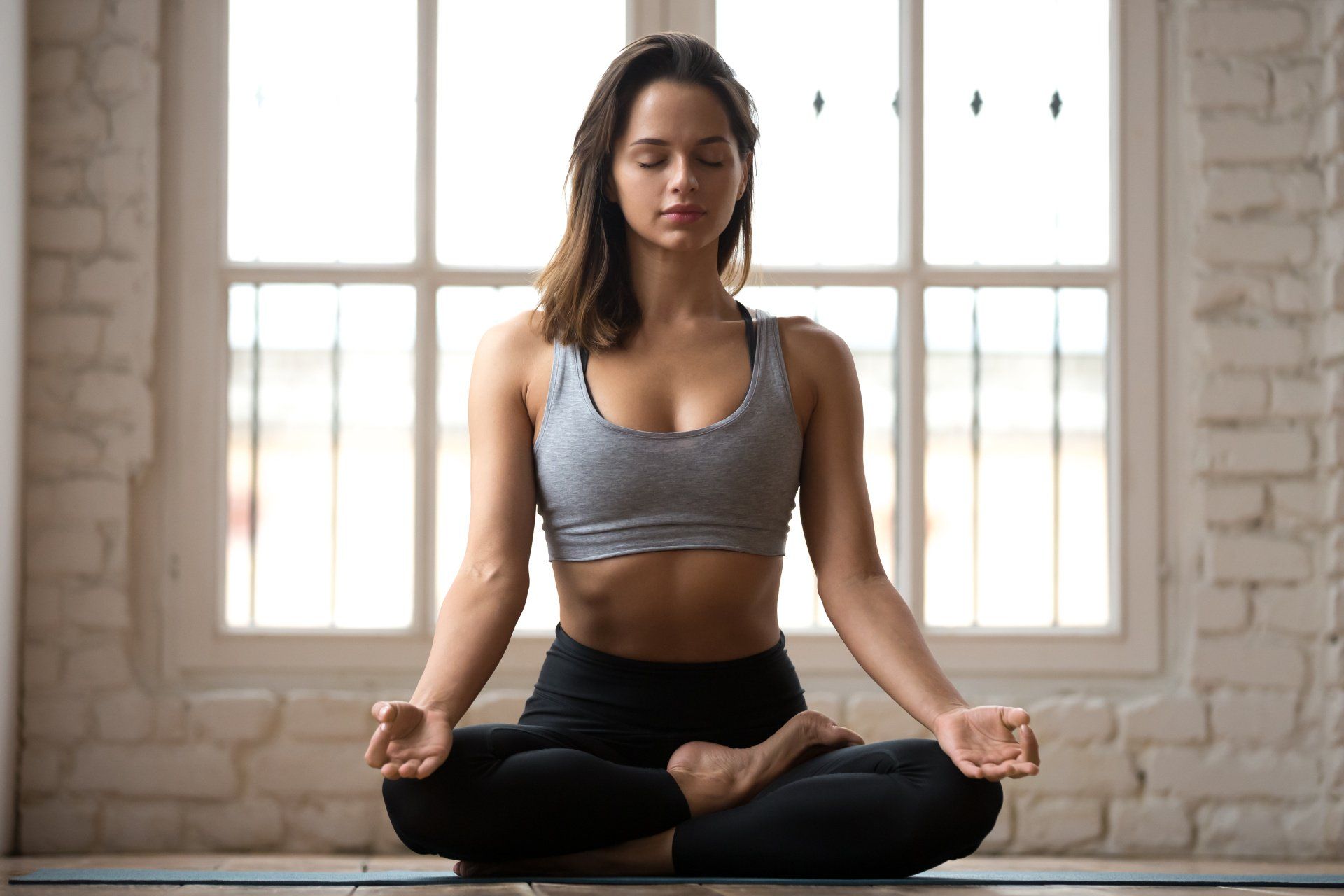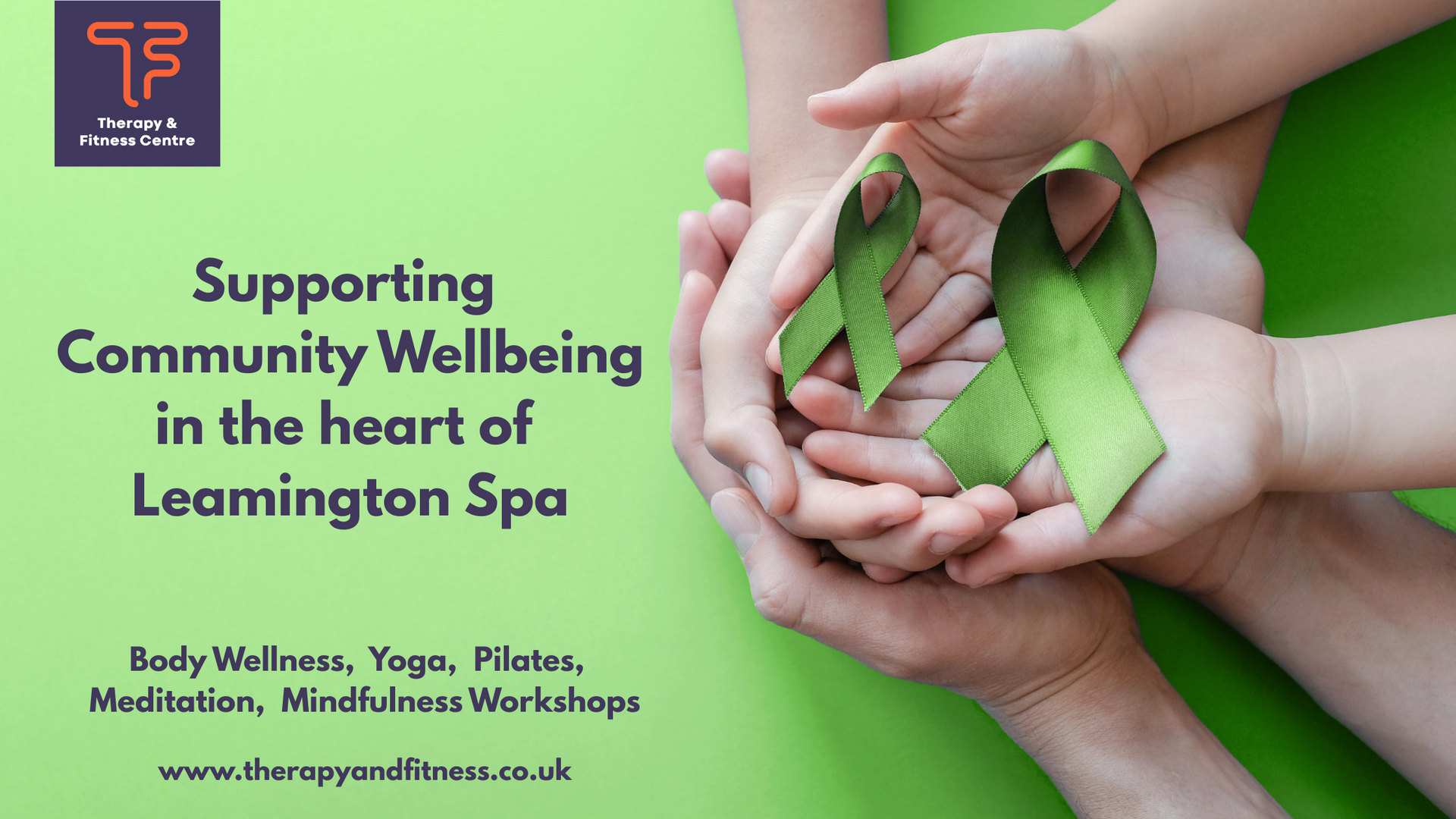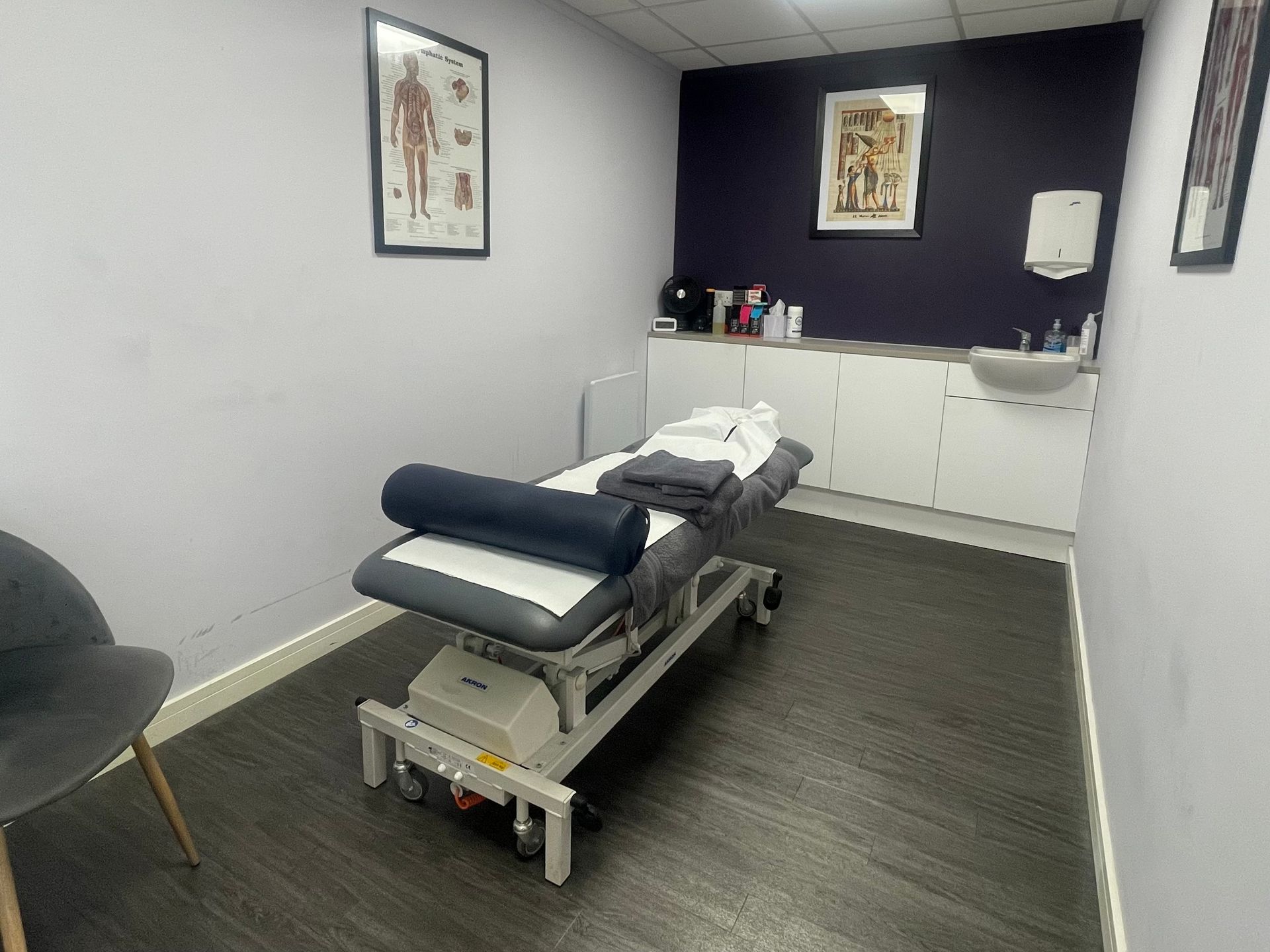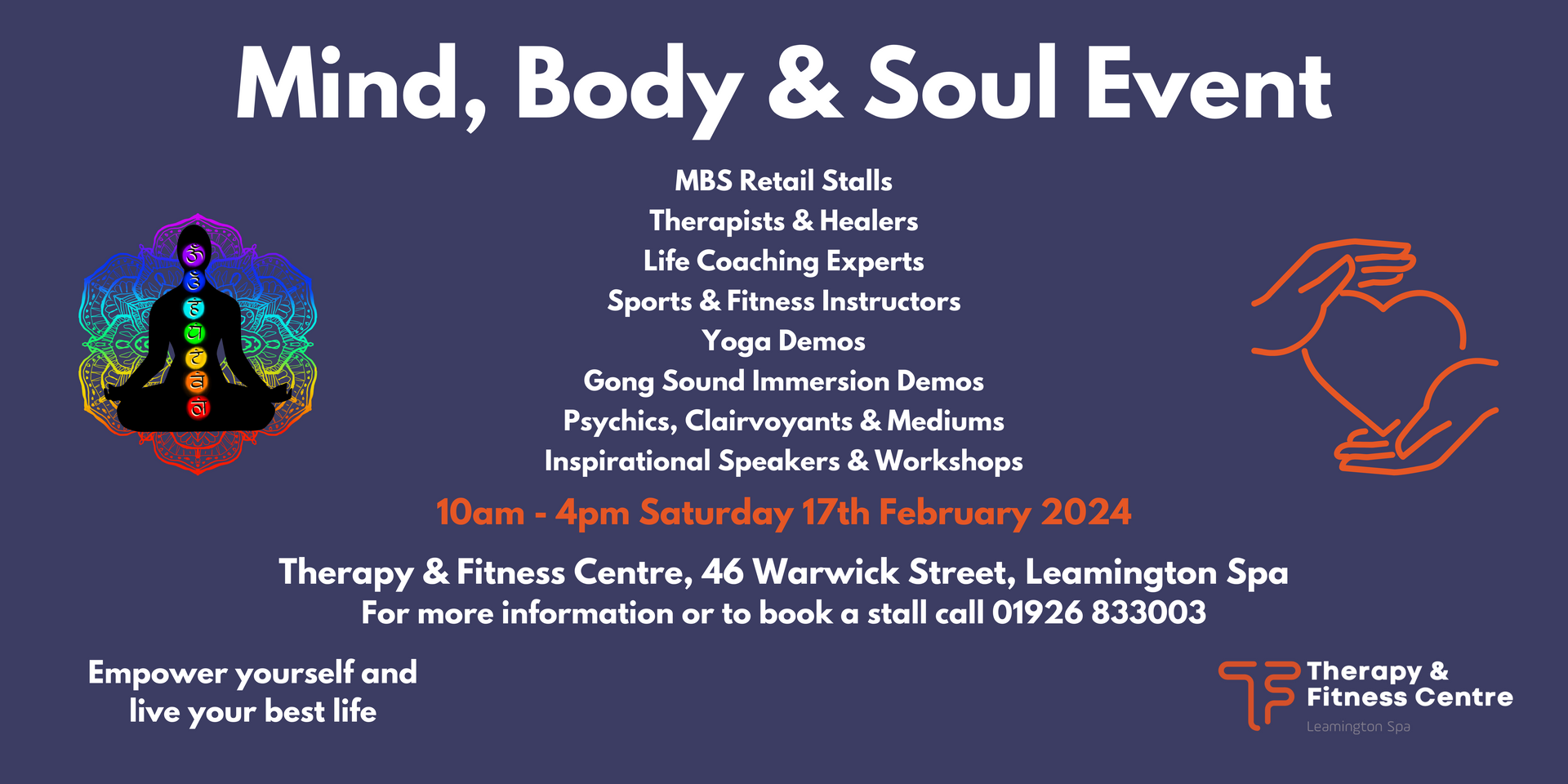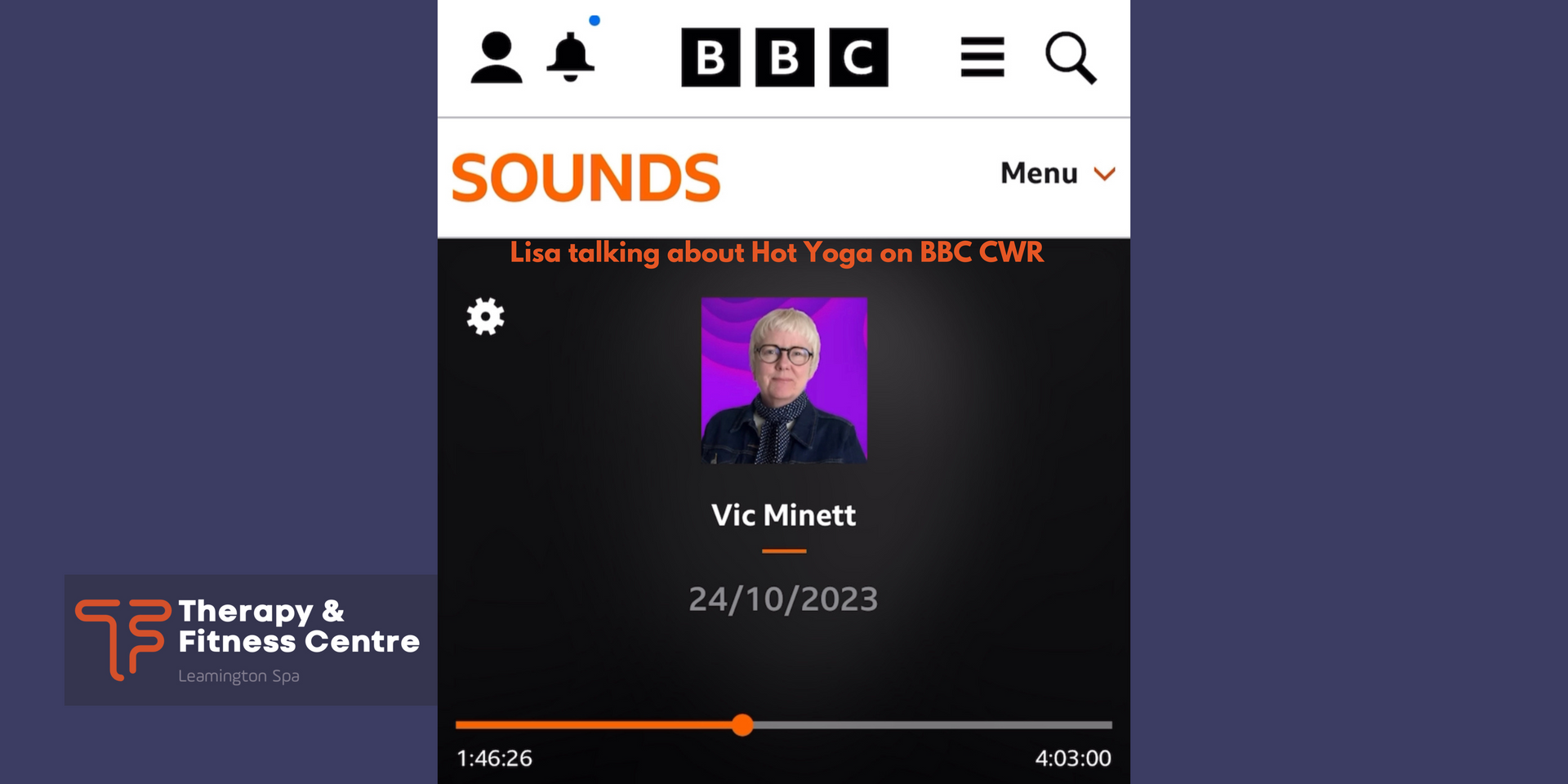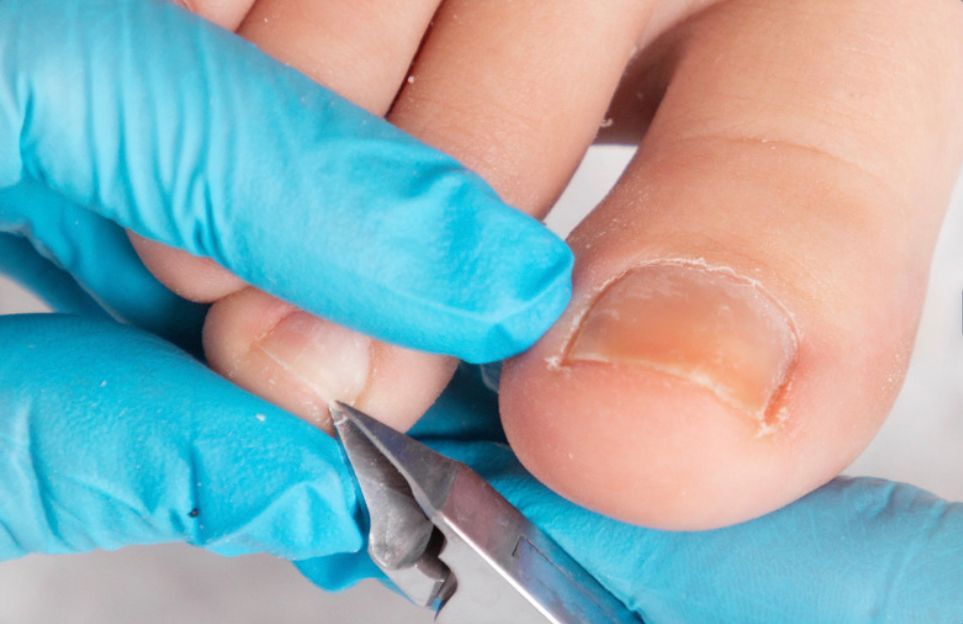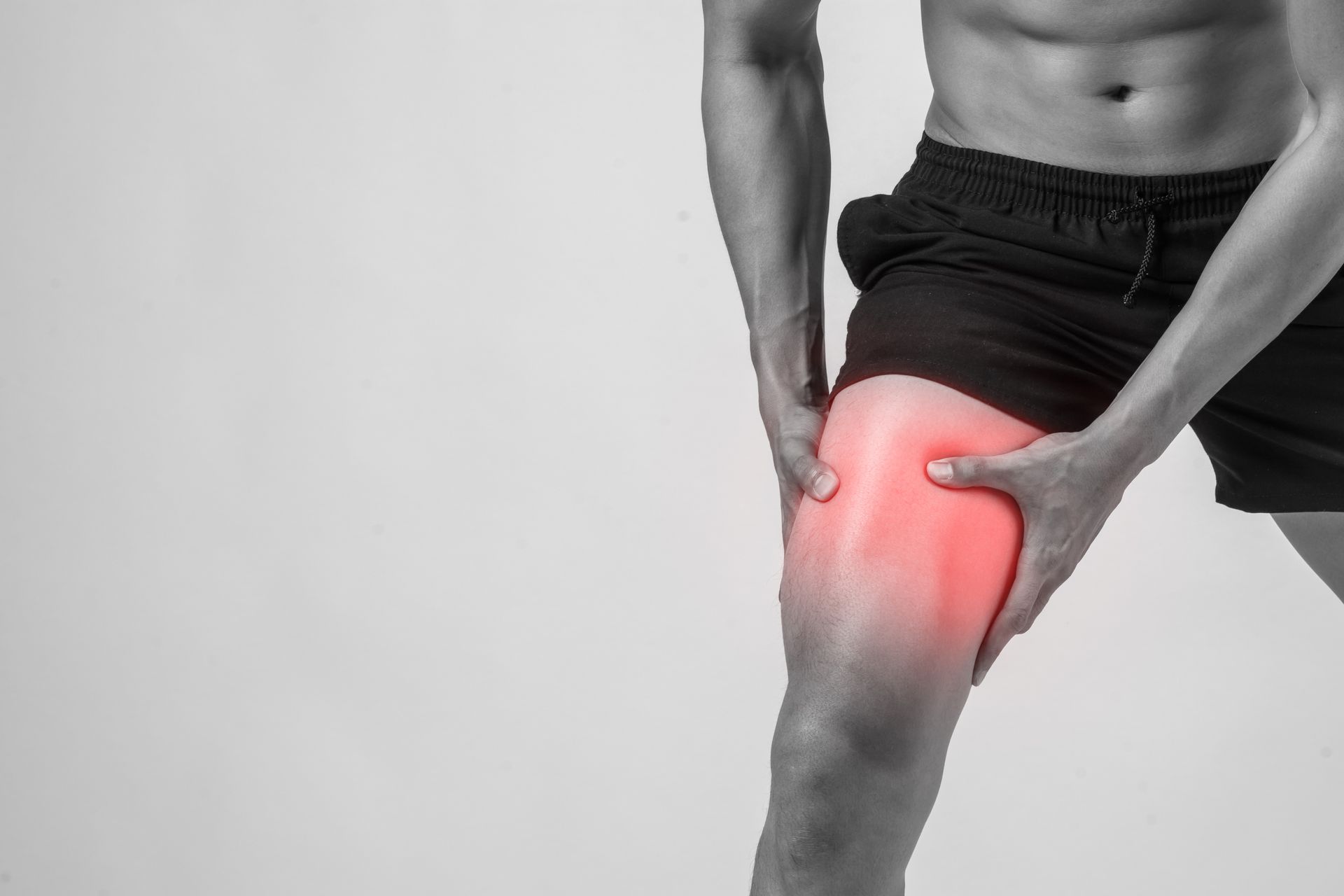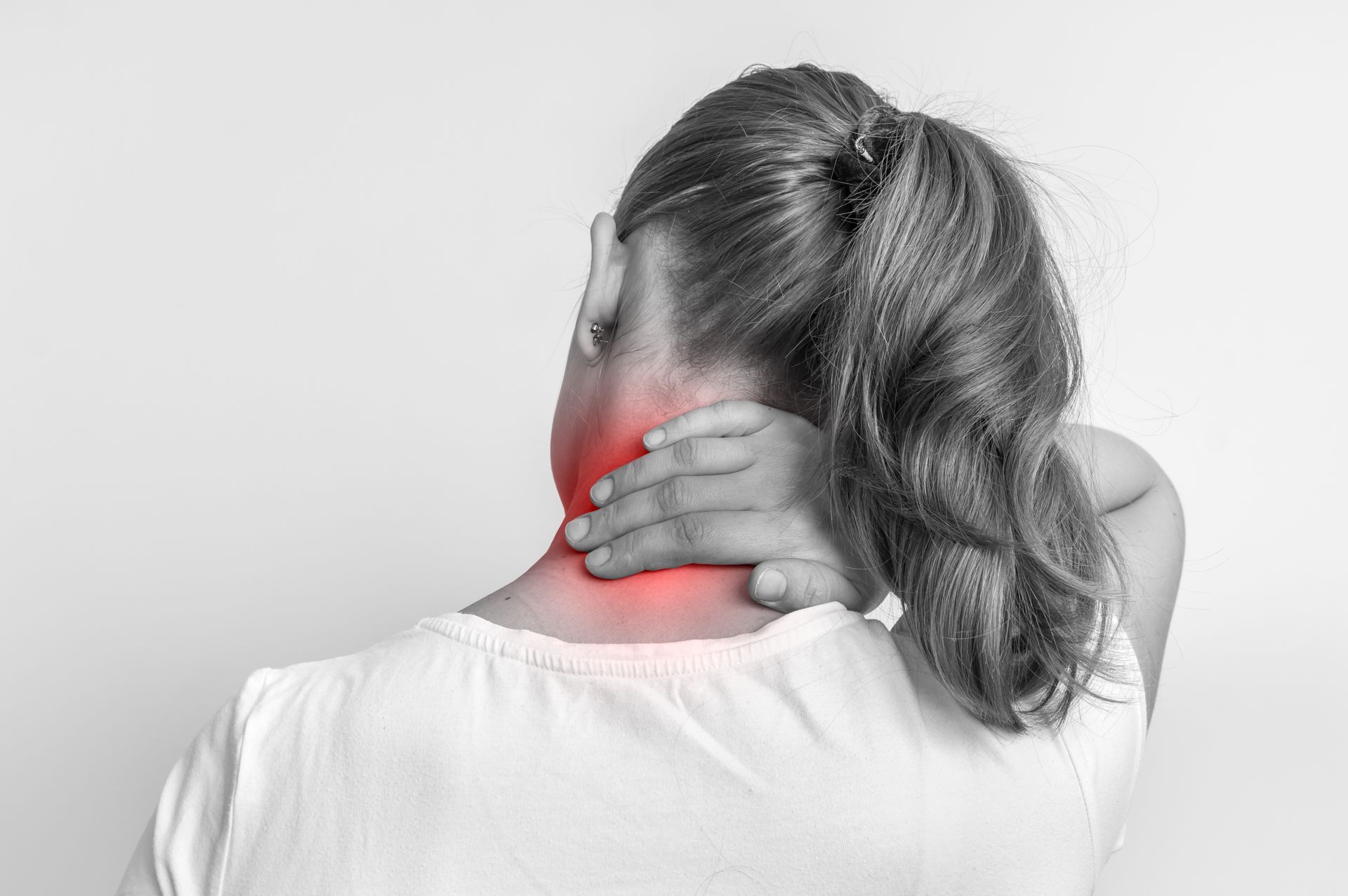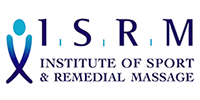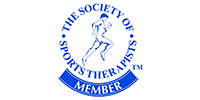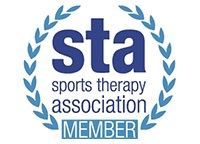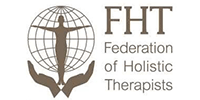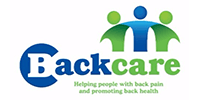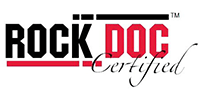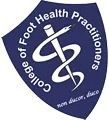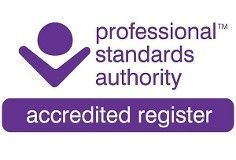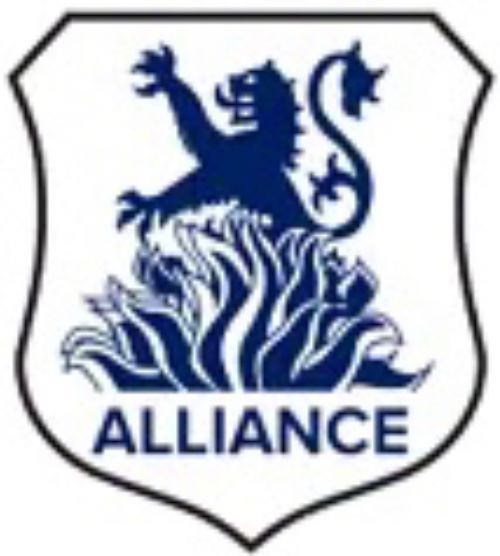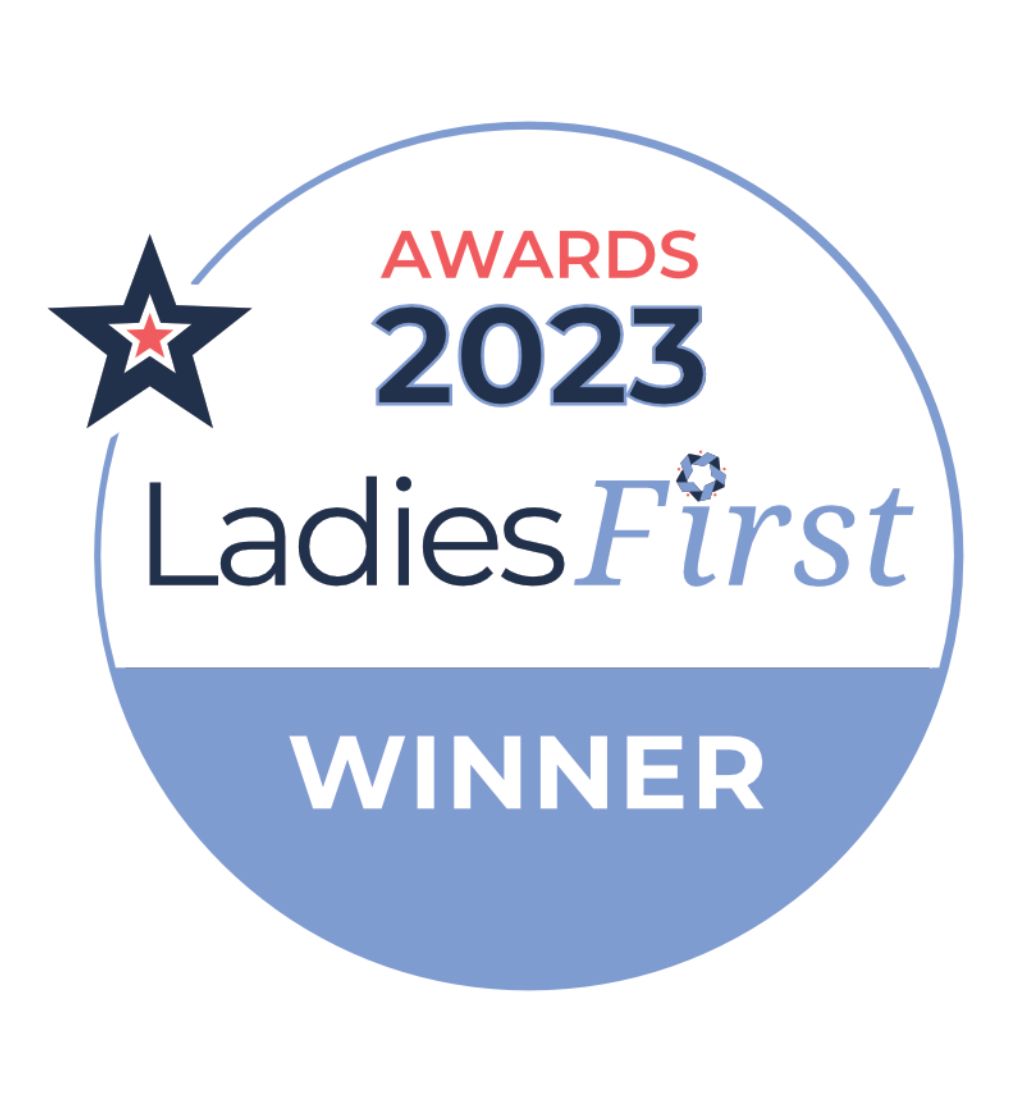How to run a 10k
How to run a 10K?
How long does it take to train for a 10K?
This depends on whether you are a beginner or an intermediate runner but typically it takes between 4 and 8 weeks. As a beginner it is best to start with a couch to 5k program where you start with walking and running intervals for 30 minutes at a time. You should be running 3 or 4 times a week with a cross training, a S&C (strength & conditioning) and a yoga / pilates / stretching class for runners along with a rest day. You should be running a5k within 4-5 weeks so you can advance on your distance by 10% with every run you do.
What shall I do if I miss some of my training plan?
Don’t worry about this if you are ill or if it’s a busy week at work or even if you've lost your running mojo. Get back into the plan as soon as you can. If you are coming back from an injury, get advice from your sports / physiotherapist. If you don’t seek advice or treatment, then slowly ease yourself back into the training plan.
Is it good to drink energy drinks before I run?
If you’re properly hydrated and fed, then you shouldn’t need energy drinks before you run. A good meal high in protein and carbohydrates should be sufficient whilst training. A banana can provide as much energy as an energy drink. Remember not to run on a full stomach, too much fluids and food can cause stomach cramping.
Should I drink energy drinks whilst I’m running?
Running a 10k doesn’t really require you to drink energy drinks. The Washingtonian newspaper reports that eating a banana before, during and after exercise is just as good as an energy drink... click HERE to see what they said and you can read the full article HERE, but you should also consider a protein drink. We recommend a vegetable and plant-based protein powder like NewGen. A protein drink will help your muscles recover and repair.
How do I prevent stitch or stomach cramping?
During exercise blood is needed in the muscles of the limbs therefore depriving the stomach and diaphragm of blood. Excessive fluid intake whilst running can also cause stitch because there is limited blood flow to aid digestion.
Tips for acute stitch
1. Breathe! Proper breathing can contribute to relaxation of the diaphragm and respiratory muscles.
2. Use your hand. Press with your hand on the painful area and relieve the pressure while breathing out.
3. Shift down a gear. Run at a slower pace.
4. Stop for a moment and stretch.
5. Stop and bend your upper body forward.
Should I have a sports massage whilst training?
A Sports massage will help with the recovery between your training sessions, help eliminate lactic acid and aid stretching of the muscles. You can use a foam roller, but you do need to apply a lot of pressure to get the same effect as a massage. It’s a good idea to use a foam roller after each training session and then have a massage once every 2-3 weeks. The massage will also help increase your performance and prevent any injuries.
Most injuries arise from over-training and
What pace shall I run at?
Run at your pace, a pace that feels comfortable to you. If you are a beginner, the last thing you want to focus on is time… completing the race is the most important thing. Do not burn out especially on race day as you set off and see other runners sprinting off around you.
It’s a 10k to you not a sprint, so pace yourself!
What if I get race day nerves?
Race day nerves are common, try and harvest your nerves into positive adrenaline that will fuel you to the finish line. I highly recommend booking yourself onto events in preparation for the big day. For example, when you start your training join your local parkrun, you’re already half way there! Get an early night and prepare your kit bag, race number and clothing the night before. Just remember to stay positive and visualise yourself crossing the finish. Have mantras... ‘I run like the wind’, ‘my legs are as strong as an ox and as light as a feather’ and ‘I do not stop until I cross the finish line’. All of these positive mantras have a positive effect on the body.
What running shoes are best?
We’ve teamed up with Warwick Sports and Chloe has kindly put this section together for us...
Warwick Sports Top Tips on finding the perfect running shoe!
Why is it important to find the prefect running shoe?
Your foot shape and type can change numerous times in your lifetime so it's important to get professionally fitted running shoes every year! Changes in age, weight, pregnancy & injuries can all change a foot gait. Ill-fitted shoes can cause a number of issues including
blisters, bunions, pins & needles, shins splints, numbness, burning sensation and can even sometimes increase your risk of injury. A correctly fitted shoe should bring immediate comfort & feel like you can go for days without taking them off!
How long does a pair of trainers last?
There are many variables that will determine the life of your shoes, such as mileage, terrain, running or walking style, weight and the activity for which the shoes were chosen. The average life of running shoes is 6-12 months or approximately 400 Miles. Halfway through your shoes life they may still look almost new but there will be some unnoticeable signs of wear causing a flat and loose feeling. At this time, it is recommended that the innersoles be replaced (unless using orthotics) giving you back some of the bounce and more of a snug fit. When shoes become too loose, stability is lost, and injuries can occur.
Does brand matter?
Your running shoes should always be about function, not fashion. Don’t be tempted into the latest trends or brands (just because they’re popular this season). Brand does matter, but only to ensure you’re getting the right comfort, fit and functionality for you. All brands will fit slightly differently, and some brands are slightly wider than others. It is always best to try on running shoes before you buy them, as slight differences in fit can have a huge effect on comfort. In addition, the support level of a shoe is a consideration. Even though you may fall into a support category, if a shoe does not correctly fit your foot it will not be able to support you correctly. The most important factor when picking a new running shoe in our opinion is the fit!
Our TOP TIPS….
Tip 1: Choose a Running-Specific Shoe
Running Shoes may look like other trainers, but they contain specialised technology and design features that help you run. In running, your foot hits the ground in basically the same way with each step. Unlike other trainers, running shoes are designed to prevent injury from that repetitive motion by offering specific cushioning to aid shock absorption, as well as design features to help move you forward with greater ease.
What are the Different types of trainers?
Road Road-running shoes are designed for pavement and occasional forays onto packed surfaces with slight irregularities, such as canal paths and padded woodland.
- Light and flexible, they're made to cushion or stabilize feet during repetitive strides on hard, even surfaces.
- Best for people who run on sidewalks, road, treadmills or track.
- Road-running shoes have flatter, smoother soles to create a consistent surface for running on paved roads.
Trail Trail-running shoes are designed for off-road routes with rocks, mud, roots, or other obstacles.
- They have bigger lugs (the “cleats” on the outsole) than road-running shoes for better grip on uneven terrain.
- Features like Gore-Tex liners, midfoot wraps, and lugged rubber outsoles are common with these types of shoes and they're generally harder wearing with more durable uppers to protect your foot and stay comfortable on longer runs.
- They’re generally stiffer through the midsoles for more support on rugged trails and uneven surfaces.
The main focus of trail running shoes however is the level of grip they offer. They're all neutral runners but the outsole changes from shoe to shoe with a deeper tread providing traction and stability on slippery and uneven surfaces and a lower profile to ensuring a quicker response to the changing terrain.
Trail running shoes are less supportive and firmer than road shoes and will often wear down much quicker if you wear them on a harder road surface, this is why it is best advised to make sure that when picking a shoe, you take the terrain into consideration.
Cross-training shoes are designed for gym workouts, cross-training or any balance activity where having more contact with the ground is preferred over a thick platform sole. They are designed for high impact lateral movement, whereas your running shoes are not!
Tip 2: Get the Right Fit
If you only consider one factor when selecting a running shoe, it should be how it fits. A running shoe that doesn't fit right will not only make your running experience painful, it could also lead to potential injury. Specialised running shoe sports shops are experts at advising on the correct footwear.
Most specialised sports shops offer free gait analysis as part of their running shoe fitting service. But why should you compromise with a sports assistant and their eyes over the latest technology for accurate data.
Running Shoe Fit Tips
- Feet tend to spread as you run. They also tend to swell a bit throughout the day, so trying on your shoes in the afternoon or evening may provide a more accurate fit.
- To accommodate foot spread, there should be roughly one thumb width between the end of your foot and the end of the shoe.
- The shoe should wrap comfortably around your foot. It should not pinch or feel sloppy, and your foot should be centred on the platform of the shoe. Your ankle should be nice and secure with no movement around the heel.
- Some shoes may better accommodate a narrow or wide foot. Some shoes are even available in either wider or narrow size options. Standard shoe widths are D for men and B for women.
Tip 3: WHAT SOCKS ARE YOU RUNNING IN?
It may sound silly, but the thickness of your sock can make a big difference to the fit and feel of your shoe, especially as your feet expand in the heat.
Always wear the socks you intend to run in when you go for a shoe fitting. Consider a good, technical running sock GUI specifically designed with added arch support and extra padding across the ball of the foot, toes, and the heel for better impact protection.
Although comfortable we wouldn’t recommend wearing cotton socks when running. Cotton retains moisture, add to that the heat and friction from running and you’re likely to end up with blisters, calluses, and hot spots. Always ensure your socks are higher than the back of your running shoes otherwise they'll slip down during your run causing friction hot spots on the back of your heel.
Don’t Forget:
- The most expensive pair isn’t necessarily the right pair for you, so don’t be tempted into thinking that a higher price always equals a better shoe.
- We usually recommended you buy trainers half a size to a size larger than your normal shoes to accommodate foot movement and swelling during running.
- Shoes that might feel comfortable to you when walking about the shop won’t necessarily feel that way when running, so make sure that you always take the shoes you intend to buy onto the treadmill for a test run.
- When getting fitted make sure you ask plenty of QUESTIONS to make sure you are getting the right shoe for you.
- Remember at Warwick Sports we also advise you to try the shoes at home or for a longer treadmill run before wearing them outside to ensure that you are completely happy with your choice.
Understanding pronation; Pronation refers to the way in which your foot rolls inwards as it strikes the floor. It’s your body’s way of distributing impact, and a natural part of the gait cycle. Understanding your pronation type is important for selecting the right type of running shoe and ultimately could help you to avoid injury.
There are three pronation types:
Over pronation, Neutral and Supination

PRONATION Around 70% of the population over-pronate, so this is by far the most common pronation type amongst runners. As the foot is planted it rolls inward excessively,
transferring weight to the inner edge instead of centring it on the ball of the foot. It’s usually seen in runners with low arches or flat feet.
SUPINATION This is when the outer side of the foot strikes the ground at a steeper than normal angle with little or no movement inward, causing a jarring effect, and a large transmission of shock through the lower leg. It’s usually seen in runners with high arches.
NEUTRAL Neutral pronation occurs when the foot lands on the outer edge and then rolls inward in a controlled manner, distributing weight evenly and helping to absorb shock. On push off, there is an even distribution of pressure from the front of the foot.
Should I see a podiatrist or a sales assistant for gait analysis?
If you’re already injured or experience pain during or after your run, don’t rely on a sales assistant to diagnose the perfect shoe to take away the pain. Unfortunately, despite the genuine good intention from most running sales assistants, the ‘science’ typically used to translate results from their gait analysis into suitable trainer selection is not science, its their eyes!
Podiatrists have studied the foot, ankle, and leg for at least 3 years. It’s a very complex structure and a problem that occurs at the foot can have an effect on your knee, hip or back.
At the Therapy & Fitness Centre, Claire our resident Podiatrist can assess your gait and how much you pronate - that’s the extent to which your foot naturally rolls when you run – and where your foot strikes the ground using the latest technology for accurate data. ‘Footscan’ developed by Gait and Motion UK is the first ever system developed that allows dynamic assessment of gait abnormalities and asymmetries.
This enables Claire to see areas of high pressure loading on your feet during your running as well as other activities.
Read our blog on gait analysis.
Happy Running!
